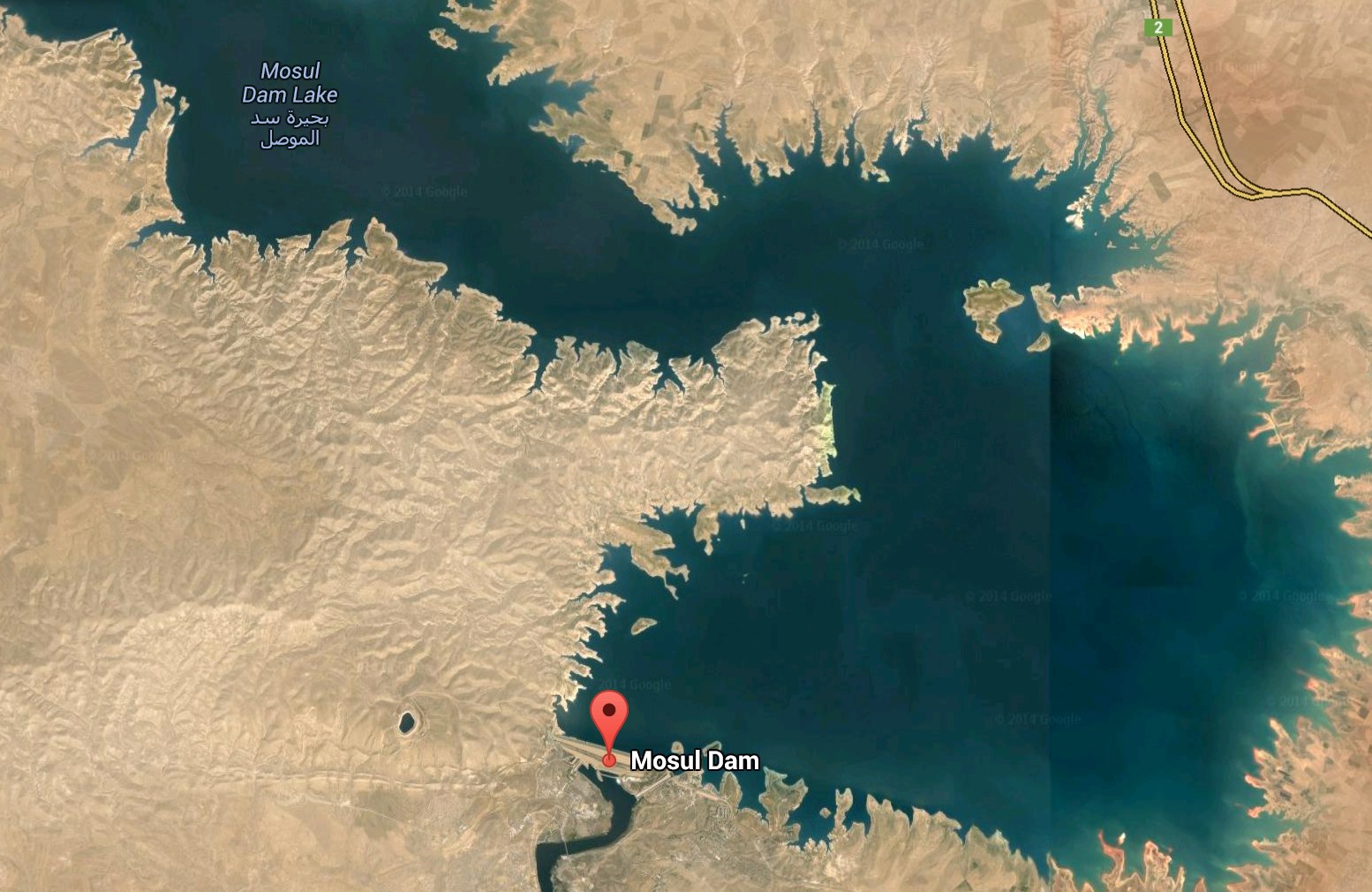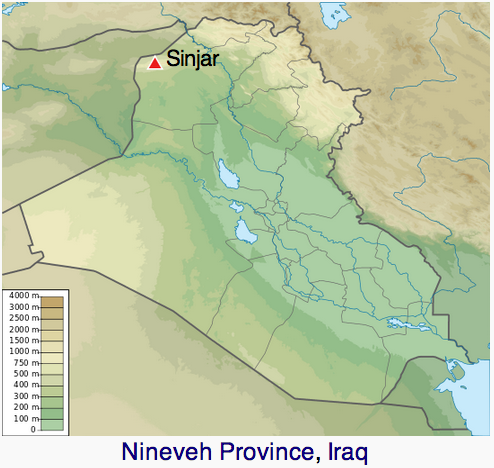The New York Time has a story on some accounts by Iraqi Yazidi Kurds of being betrayed to ISIS — and its fanatical agenda of killing all non-Sunnis — by close friends.
But his friend’s assurances did not sit right with Mr. Habash. That night, he gathered his family and fled. Soon afterward, he said, he found out that Mr. Mare had joined the militants and was helping them hunt down Yazidi families.
Your friends say “everything will be ok” and next thing you know they’re trying to kill you. It reads quite a bit like a small-scale Iraqi version of the Rwandan Interahamwe, the semi-impromptu and mass-hysteria-driven Hutu militia in 1994 that hacked Tutsi friends and family to death by the hundreds of thousands during the genocide.
The Times’ anecdotes are consistent with reporting by AFP a couple weeks ago:
“The Metwet, Khawata and Kejala tribes — they were all our neighbours. But they joined the IS, took heavy weapons from them, and informed on who was Yazidi and who was not. Our neighbours made the IS takeover possible,” the distraught white-bearded Hassan said.
Speaking to AFP in a transit camp run by the local Kurdish authorities for the displaced, Haidar said his childhood friend was among those who joined the IS. “I was shocked. The IS brainwashed him, and he started informing on who was Yazidi,” he said. “I would have been executed immediately had they found me.”
I guess this kind of happens everywhere when things go sideways into an ethnic slaughter.
Fortunately, as the Times also reported, there were also some bright spots in the crisis, as there also are in most such situations:
Though Mohsin Habash’s family suffered because of one Arab neighbor, he pointed out that they were saved with the help of another: a longtime friend who led a convoy of Yazidi refugees to safety at great risk.
The convoy drove through the night, passing ISIS-controlled territories undetected. Mohsin Habash believes it was because his friend knew the Arab areas better than any of the Yazidis.
Hours later, they reached Syria. From there, Mohsin Habash’s friend introduced them to another Arab man who took the group the rest of the way to the border with Kurdistan. “He saved us,” Mr. Habash said.
Even in the darkest moments, like when massive ethnic or sectarian cleansing is being attempted, some people still give us hope for humanity. (You can read some more examples from other cases here.)





